5 Follow-Up Strategies to Convert Inbound Lead Generation into Sales
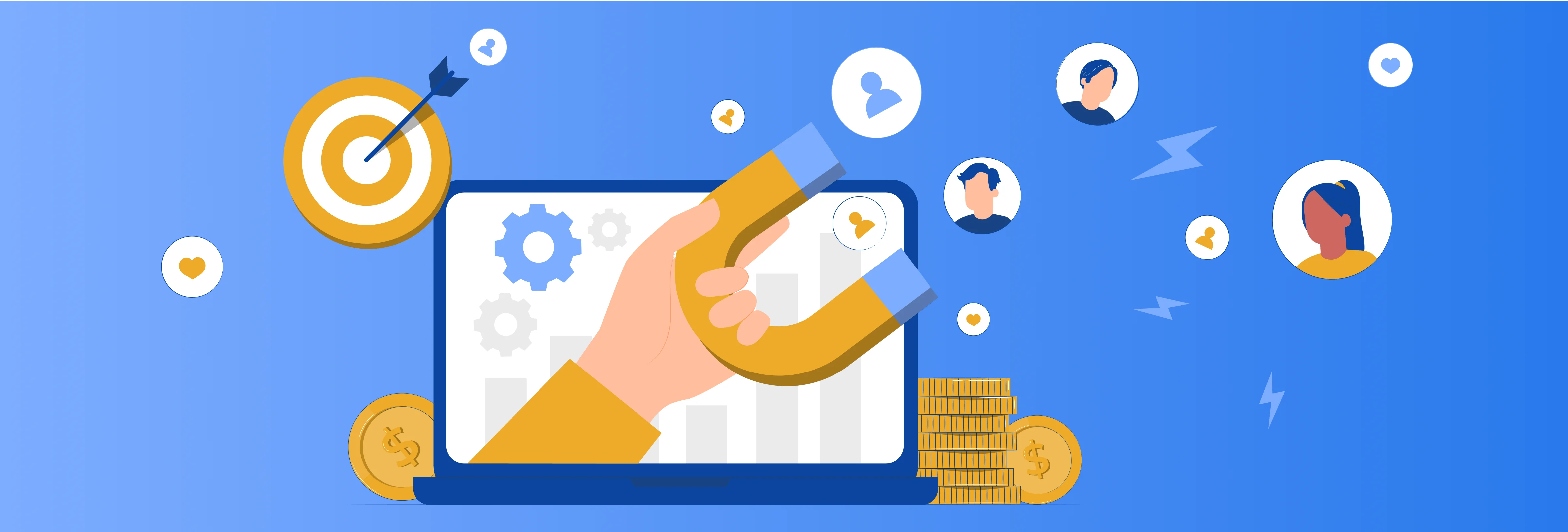

Dalia Arroyo
When your marketing efforts and inbound lead generation are working effectively, it is exciting to see a steady flow of prospective sales entering your pipeline. However, without a clear approach, these valuable leads can quickly become lost opportunities.
While showing interest in your brand is an important first step, converting leads into customers requires a more strategic approach. These five proven inbound lead follow-up strategies will help your sales team engage prospects effectively and drive meaningful results.
The Essential Guide to Sales Pipeline Management
Learn our strategic approach to tracking prospects throughout the pipeline, forecasting revenue, and closing more deals.
What is an inbound lead?
An inbound lead is a potential customer who has already engaged with your business, often through your content marketing efforts.
Inbound leads can also come from:
- Lead magnet conversion: Contact information is provided in exchange for valuable resources, such as an eBook or guide.
- Organic traffic: Potential leads discover your website through search engine optimized (SEO) content.
- Social engagement: Prospects engage with your social media, indicating interest in your brand.
- Webinar or event registration: A prospect registers for and attends a webinar or virtual event.
- Referral traffic: Leads are directed by a recommendation from a satisfied customer, partner, or influencer.
Inbound leads are considered highly valuable because they have already expressed interest in your brand, product, or service, meaning they have already passed the awareness stage of the buyer’s journey and are ready for consideration. The next step is to nurture these leads and guide them through the sales pipeline with effective inbound prospecting.
What is inbound prospecting?
Inbound prospecting is the process of identifying, qualifying, and engaging with potential customers who have already shown interest in your business through inbound channels. During this stage of the sales process, a sales development representative (SDR) or other member of the sales team bridges the gap between marketing and closing by turning warm leads into active conversations.
The first step in inbound prospecting is determining whether a lead is truly qualified. Not all leads hold the same value. Some may have shown minimal engagement or submitted contact information without genuine interest in your offerings, while others may not be a good fit as your product or service does not align with their needs.
A high-quality inbound lead typically demonstrates:
Accurate and complete contact information
Alignment with your ideal customer profile (ICP)
Consistent and meaningful engagement with your brand
A clear need or urgency to find a solution

Subscribe to EBQ's Bimonthly Newsletter

Subscribe to EBQ's Bimonthly Newsletter
5 strategies for inbound lead follow-up
It is important to understand that most prospects will not convert after just one interaction. In fact, research shows that 60% of customers say “no” at least four times before saying “yes” to a sales offer. Abandoning the lead after the first rejection often means walking away from a viable sales opportunity. That is why a well-planned follow-up strategy is essential.
The following five follow-up strategies are backed by research and have been proven to enhance the client experience while increasing the likelihood of converting qualified leads into customers.
1. Contact within the first hour
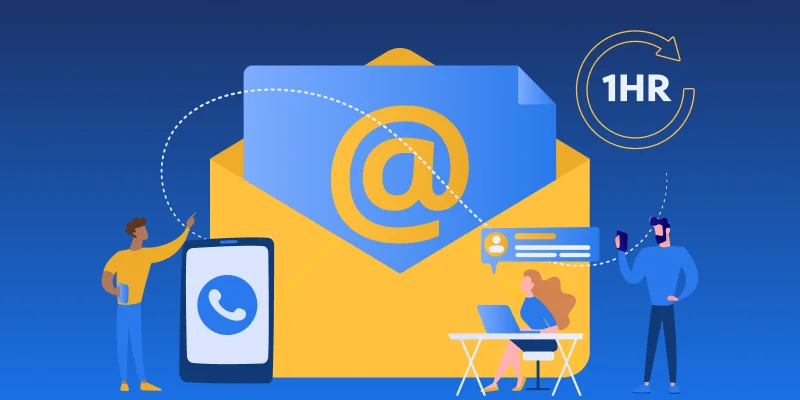
According to the Harvard Business Review, sales representatives who reach out within an hour are nearly seven times more likely to qualify a lead than those who wait just one additional hour. Prompt outreach shows attentiveness, builds trust, and keeps your solution top of mind while the prospect’s interest is still fresh. While the initial response is likely a “no,” a quick follow-up demonstrates initiative and helps move the conversation forward by overcoming early objections sooner.
2. Personalize interactions
Personalized outreach significantly increases the likelihood of sales. According to McKinsey, companies that personalize communications can lift revenues by 5 to 15% and increase marketing ROI by 10 to 30%. Tailoring your message to reflect the lead’s pain points shows that you understand their unique challenges and are offering a relevant solution. A personalized approach strengthens credibility and sets the stage for deeper, more impactful conversations down the line.
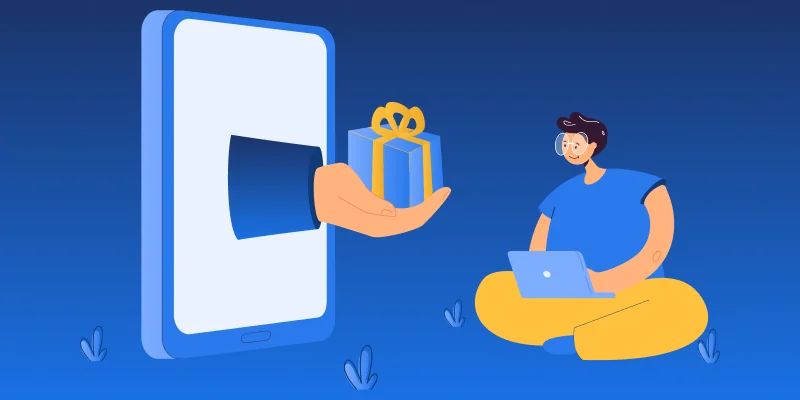
3. Pay attention to timing
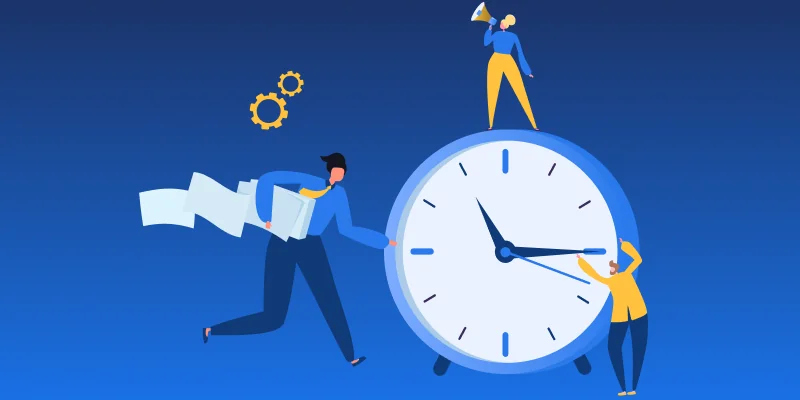
Timing plays a critical role in effective lead follow-up and can greatly influence a prospect’s willingness to engage. While some research indicates that the most effective times for cold calling are typically between 10–11 AM and 4–5 PM, these are general guidelines for initial outreach. If a prospect is not ready to move forward, a best practice is to ask when a better time to connect would be and log that information in your CRM for future reference. This not only increases your chances of successfully reaching them when they are available but also demonstrates respect for the prospect’s time, contributing to a more positive and professional client experience.
4. Take detailed notes
According to Salesforce, 86% of business buyers are more likely to buy if companies understand their goals. Taking detailed notes during each interaction is essential for demonstrating understanding while building strong relationships. Accurate documentation of a prospect’s needs, pain points, objections, and preferences allows you to tailor future conversations more effectively. And by consistently logging this information in your CRM, you create a reliable reference point that enhances continuity, even if different team members become involved.
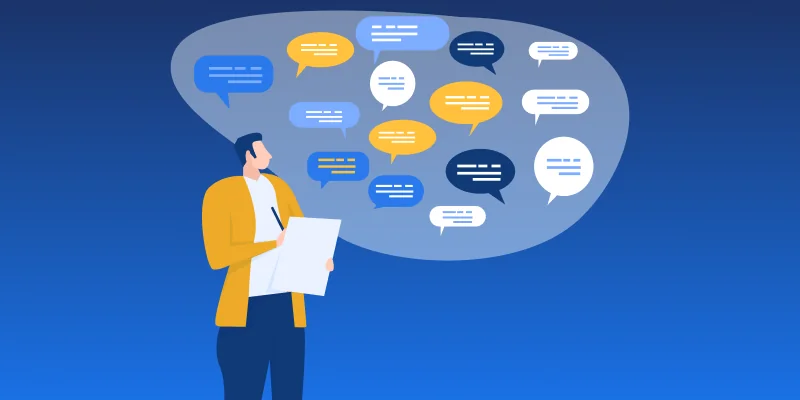
5. Always provide value

Companies that deliver exceptional customer experiences generate 5.7 times more revenue than their competitors. To set your brand apart while enhancing the overall customer experience, approach every interaction with the intent to deliver value. Whether it is offering insightful content, helpful resources, or solutions to their challenges, showing that you are focused on their success rather than just closing a deal positions you as a trusted advisor rather than just a salesperson.
The Essential Guide to Sales Pipeline Management
Learn our strategic approach to tracking prospects throughout the pipeline, forecasting revenue, and closing more deals.
Turn inbound leads into inbound sales with EBQ
Successful sales teams understand the importance of effectively nurturing inbound leads. By implementing strategic follow-up practices, you can significantly enhance your lead conversion efforts, positioning yourself as proactive, attentive, and knowledgeable.
Turn inbound leads into inbound sales with research-backed techniques executed by our expert SDRs. EBQ’s Outsourced Sales Development maximizes the value of your marketing efforts by engaging potential clients with personalized, timely, and meaningful outreach that drives results.
About the Author:
Heather is the VP of Business Development at EBQ and excels in crafting scalable yet personalized sales strategies. With over a decade of experience, she’s transformed transactional sales into impactful relationships, crediting her success to EBQ’s meritocracy and her passion for mentoring future leaders.
